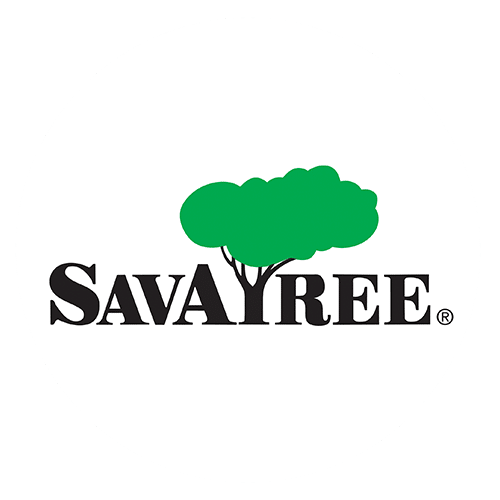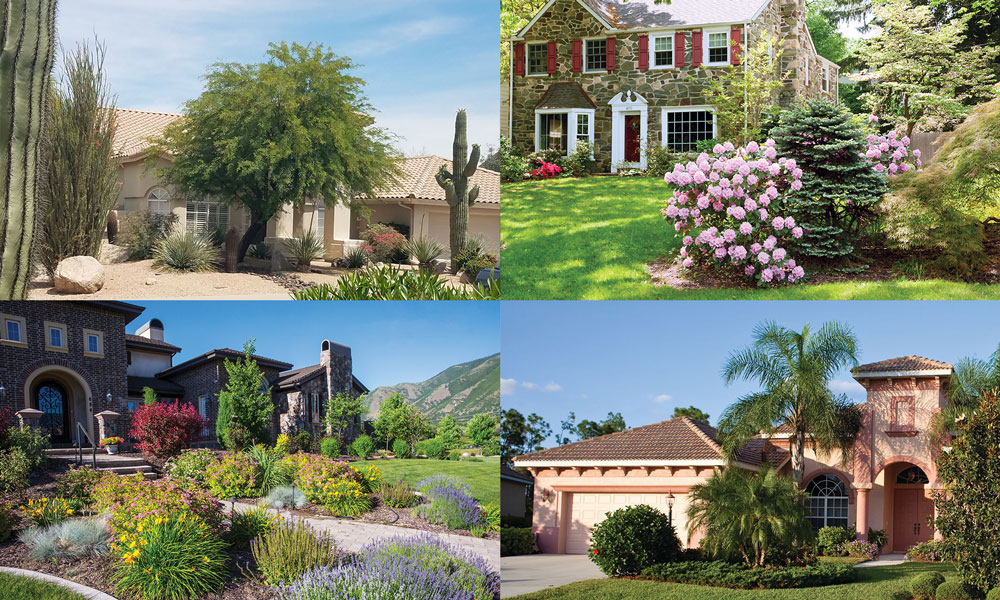Common Diseases in California’s Oaks, Sycamores, and Flowering Pears
Sudden Oak Death
Most commonly affects live oak, black oak, and canyon oak trees
THE THREAT: Sudden Oak Death is caused by a fungus-like invasive plant pathogen, Phytophthora ramorum. Some early signs of this major threat include foliage discoloration, tree dieback, and trunk cankers. Trunk cankers most commonly lead to oak death especially when compounded with bark beetle infestations in already susceptible trees.
THE TREATMENT: SavATree offers bark disease treatments to help combat Sudden Oak Death. These trunk applications help trees induce an immune response to the disease. Arborists will examine the condition of an infected tree and recommend one to two applications in the spring and fall seasons depending on the severity of the disease.
Sycamore Anthracnose
THE THREAT: Sycamore Anthracnose is a fungus that prefers to grow in cool, damp weather such as early spring or late fall. If left untreated over time, anthracnose can lead to tree death or the need for tree removal. Signs of anthracnose in sycamores include spots or cankers on the leaves, shoot dieback, and extensive defoliation. Damage usually begins in the lower canopy and progresses upwards.
THE TREATMENT: Our expert arborists can help by visiting properties to examine and diagnose sycamore trees. We use a variety of ways to treat anthracnose in sycamores, including trunk injections, trunk systemic treatments, and focusing on preventive treatments if at all possible. Routine inspections of healthy sycamore trees can also help to prevent the spread of the disease and catch it in the early stages.
Fire Blight of Pears, Apples, and Crabapples
THE THREAT: Fire blight is a bacterial disease that can be very damaging to apple and pear trees. The disease can affect leaves, stems and, of the greatest concern, fruit. By spring, early symptoms become visible such as cankers on the branches, twigs or trunk. As the blight progresses, blossoms wilt quickly and turn dark just before petal-drop. It often gives the tree a fire-scorched appearance in its later stages.
THE TREATMENT: SavATree arborists can diagnose trees and develop a plan to mitigate impacts of the disease. A common treatment starts with pruning out any visible cankers on foliage during the winter months while trees are dormant. In spring, an organic-based fertilizer is applied to help reduce the risk of recurrence. Additional applications may be recommended in the spring and fall seasons as a preventive measure.
Oak Anthracnose
Most commonly affects blue oak, live oak, and valley oak trees
THE THREAT: Oak anthracnose, like sycamore anthracnose, grows in cool, wet weather. Symptoms to look for in oaks include leaf browning, leaf curling, and premature leaf drop. Since this fungal pathogen prospers in damp weather, prolonged wet conditions can expedite the disease and severely impact oak health. Damage to the foliage progresses upwards through the canopy.
THE TREATMENT: Anthracnose is particularly difficult to control once it has progressed, and it doesn’t help that this fungal pathogen can survive in its host even during dormant season. SavATree offers trunk injections and bark systemic treatments that can help trees maintain their vigor and resistance to infection. Periodic inspections of oaks and preventive care methods are always recommended to identify early signs of anthracnose before it gets out of control.






